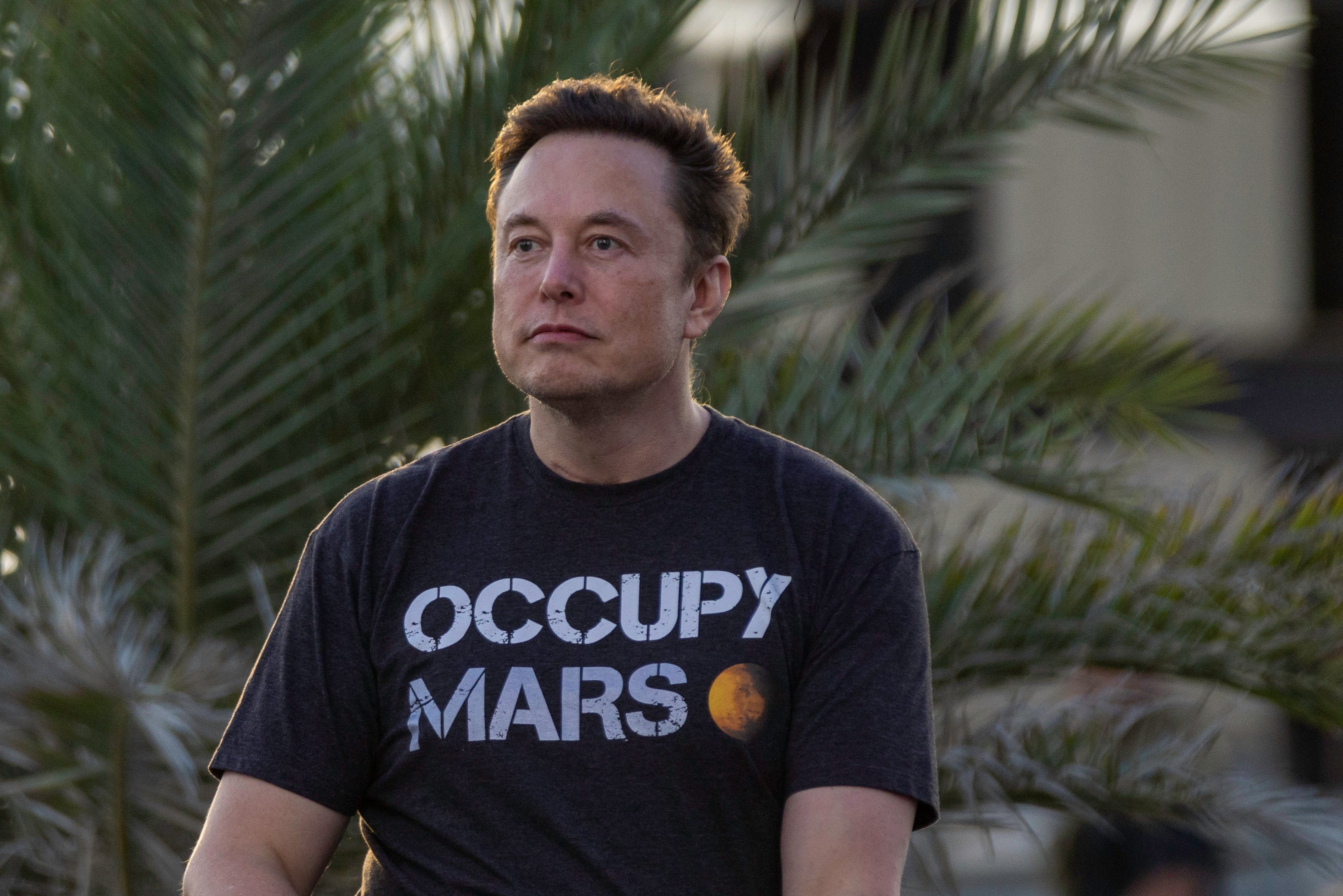
NASA is preparing to prioritize launching rockets to Mars in 2026 – a drastic change in priorities that happens to align with President Donald Trump’s priorities, while also benefiting billionaire Elon Musk’s SpaceX.
The unexpected change comes on the heels of the White House 2026 budget proposal, which includes increased funding for Mars-related projects by $1 billion and the promise to pay for the launches.
“We are evaluating every opportunity, including launch windows in 2026 and 2028, to test technologies that will land humans on Mars,” NASA spokesperson Bethany Stevens told Politico.
The White House hinted that Mars missions would be a priority of the Trump Administration last month after the president met with Italian Prime Minister Giorgia Meloni, indicating in a press release after the two met that the US and Italy would partner on a Mars mission as soon as next year.
NASA employees who would typically be in the know about such plans, however, were left in the dark about a potential push to Mars, a senior official told Politico.
Though there are other companies in the running to make rockets for such missions, Musk’s SpaceX announced plans to land one of their rockets on the planet in 2026.

NASA’s shift in priorities may also help fulfill a goal Trump expressed during his inauguration speech to land the first astronaut on Mars.
While NASA’s new plan is in line with Trump and Musk’s interests, it may face blowback from lawmakers who have legally required the space agency to maintain a long-term human presence on or near the moon.
Last fall, Musk announced that his company’s first mission to Mars would be in 2026, likely when the next Earth-Mars transfer window – meaning when the two planets are aligned in their orbits – opens in November 2026.
The Tesla co-founder has long pushed an outlandish plan to establish a self-sustaining colony on the Red Planet in order to save humanity from extinction.
He has previously predicted an uncrewed landing could happen as soon as 2026, with humans there before 2030.
“It’s not about going to Mars to visit once, but it is to make life multi-planetary so that we can expand the scope and scale of consciousness to better understand the nature of the universe and to ensure the long-term survival of civilization in the hopefully unlikely event that something terrible happens to Earth that there is a continuance of consciousness on Mars,” Musk told Fox News host Jesse Watters earlier this week.
He said going to Mars served as an insurance plan for humans, predicting that Earth would somehow be incinerated by the sun in “hundreds of millions of years.” While the star may swallow the Earth it won’t be for billions of years.
Musk has long triumphed the idea of colonization of the Red Planet, and since 2000 has pushed for Mars missions while donning “Occupy Mars” T-shirts.
Scientists, however, have said Musk’s Mars vacations will not happen any time soon due to the complicated design and mission for SpaceX’s Starship rocket, among other concerns. Previous test flights have resulted in fiery explosions.
Earth’s satellite wars mean a perilous future for space and humanity
US is pushing Starlink on nations facing tariffs: report
Soviet spacecraft to crash land on Earth in just days. Here’s what to know
Musk unveils ‘life insurance’ plan for self-sustaining city on Mars
A 9th planet in our solar system might be found — and no, it’s not Pluto
Spacecraft to plunge back to Earth a half-century after failed Venus launch







